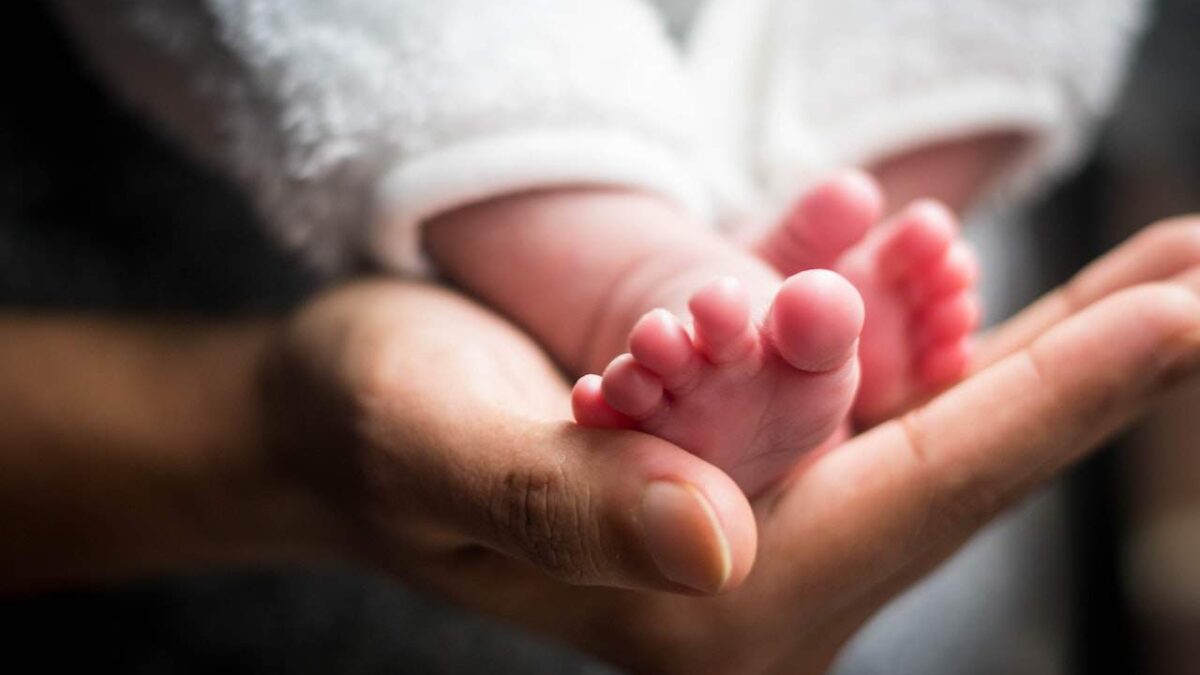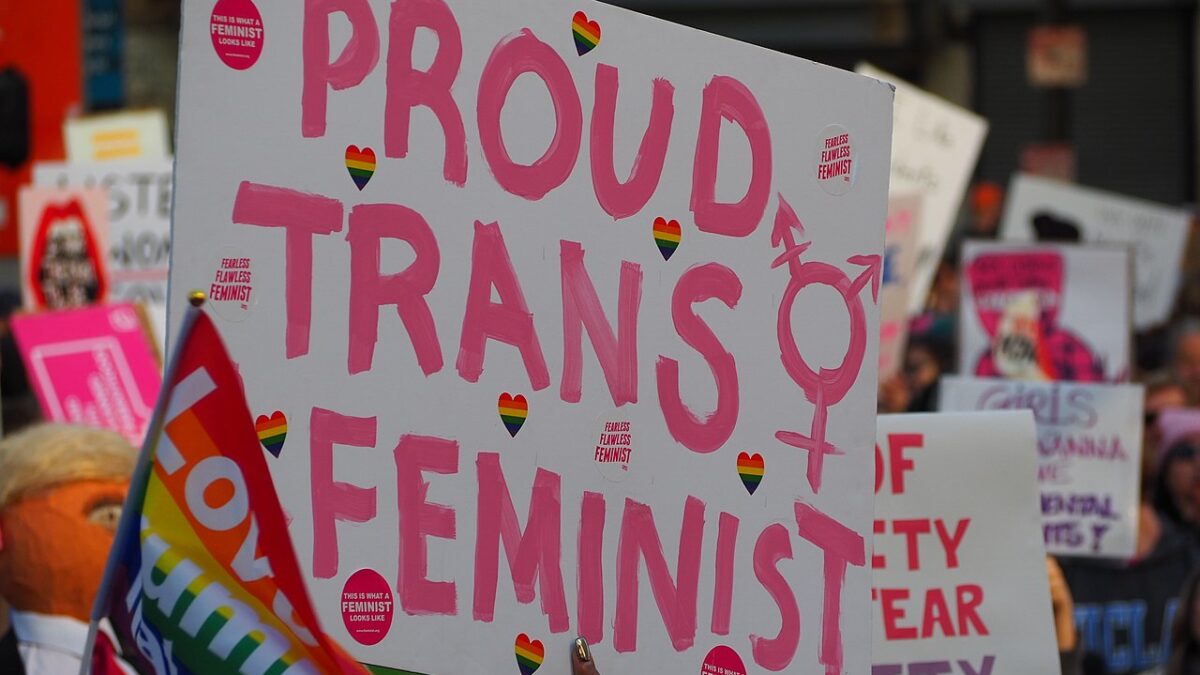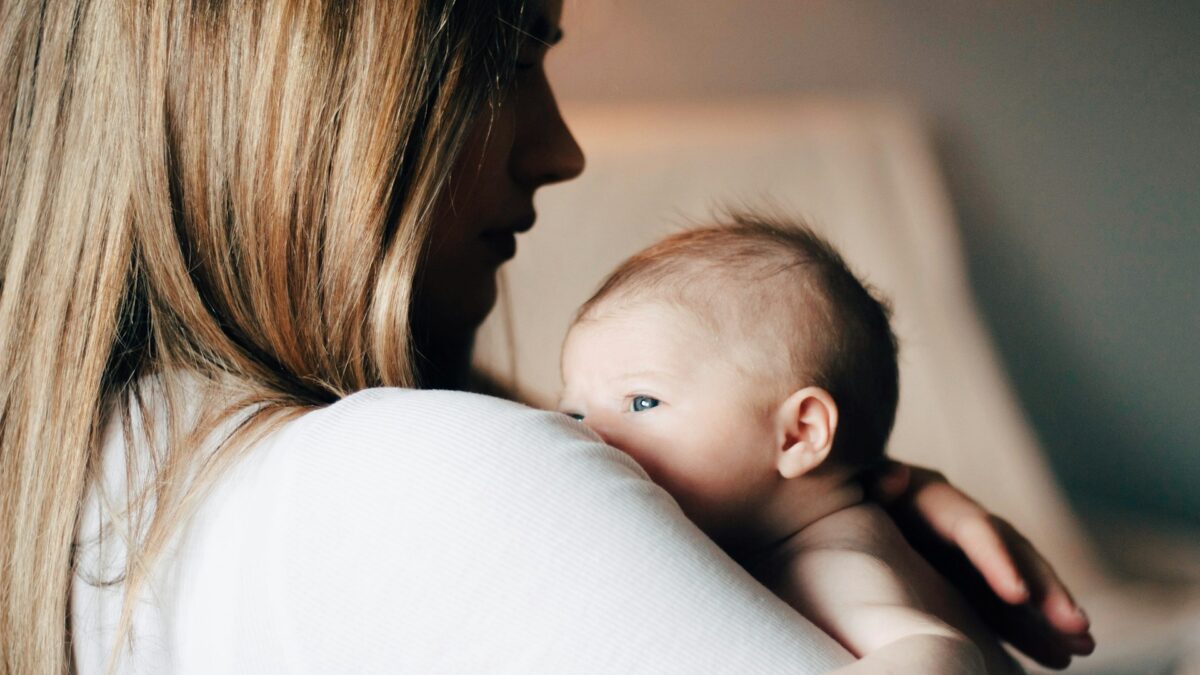May is Anencephaly Awareness Month. It is a time to direct our gaze toward people that some would rather not see. Anencephaly is a developmental malformation that leads to severe brain damage. During the first weeks of gestation, the upper end of the neural tube fails to close. The child is missing the top of the head. This makes the eyes appear unnaturally high on the face and the ears protrude.
Lacking a skull or scalp there is nothing to cover the brain. For months in the womb, it is damaged by direct exposure to amniotic fluid. At birth, the exposed portion is a bloody mass of tissue. Ancients regarded these as “monstrous births.” The Hunchback of Notre Dame, in Disney’s 1996 film, is portrayed with anencephalic features.
But primitive notions persisted well into modern times. As recently as the mid-1980s, medical textbooks still described these babies as “anencephalic monsters.”
A midwife who helped deliver such a precious child called out this injustice. She penned a letter to Dr. Harry Oxorn, author of Human Labor and Birth. She asked, “[Have you] ever thought about the fact that most parents start to fall in love with their baby while he/she is still in utero. That the soon-to-be child starts to have a life, a future, and a past all at once before birth. How DARE [you] and all other writers of textbooks refer to these babies as ‘monsters’! What on earth could be gained by perpetuating that term?”
To her great surprise, Oxorn agreed. He removed the word “monster” from his updated 1986 edition. She was right. The parents and loved ones of people with anencephaly experience them as anything but monsters. They bond with their children by love — just as every other parent.
Monsters are never those with disfigurations. It is we who become monsters when we cannot recognize the humanity of another. That’s why Anencephaly Awareness Month is so important.
When we are driven by emotions of fear, pity, and disgust, we may willfully close our eyes to the real lives of others. Unwilling to see them as they are, we see them as projections of our own fears and revulsions. Inclined to think the problem will go away when the person goes away, we screw our eyes shut and turn away.
This callous disregard can be disguised by focusing so intently on what we imagine the parents are going through, that we think nothing about what the child is going through. But when we overlook the humanity of another, we inflict wounds on our own humanity. Telling ourselves that we are being merciful, we ourselves, become monsters.
The way we speak, think, and act toward this tiny portion of the population can change our entire world — either for the better or for the worse. When we stop covering our eyes in horror, here’s what we see.
Anencephaly is related to spina bifida in the sense that it is a deformation of the neural tube (the spine and cranium). But unlike spina bifida, there seems to be a higher rate among Hispanic mothers. Anencephalic babies are more likely girls than boys (75-80 percent). And studies show that women who supplement their diets with folic acid may reduce the risks.
Some children with anencephalic malformations die in utero, but many more survive until birth. A 2016 study found 1 in 4,859 children born with this birth defect. The most lethal of birth defects, only 14.4 percent survived the day of their birth, and 5 percent live out their first week, but some live for years.
The longest surviving anencephalic on record is baby Angela Morales. She died on Dec. 16, 2017, after living three years and nine months. When Sonia Morales was only 16 weeks pregnant, she learned that her baby girl was anencephalic. As with all parents of anencephalic children, she and her husband, Rony, had to grapple with the near-certain prognosis they would celebrate a birth and mourn a death on the same day.
Medical advisers, horrified by the specter of death and their powerlessness over it, recommended abortion. But Sonia focused on life. Like any mother, she already loved the child growing within her and, together with her husband decided to care for her through whatever length of time God would give.
On the day Angela was born, they had a priest administer Holy Baptism. Then they concentrated on showering her with love, caresses, and coos. “It was like saying hello and goodbye the same day, so it was painful,” Sonia recalled. But Angela, for all her needs, was also a source of love and fully capable of human interaction. Her parents not only gave love, but they also received it.
Rony and Sonia benefitted profoundly during those hours as they received her love. But Angela’s perspective should not be forgotten. She also received untold blessings during those precious hours. She lived to feel air on her face. She lived to feel her father’s arms and to hear his heartbeat. She lived to be washed in the blood of her Savior. And then, something unexpected happened.
Minutes became hours, and hours became days. Together, they learned that the grim certainty of death was not a certainty, after all. Her life, just like our own, was not determined by fate and cold medical predictions. Hours and days are given by God. Angela left the hospital to be blessed and to be a blessing for years to come.
Our Hobbesian view of the world expects “the life of man [to be] solitary, poor, nasty, brutish, and short.” Angela testifies for all anencephalic children that life is not a horror to be endured, but untold days of love and unexpected joy to be received in faith and thanksgiving.
Awareness of anencephaly serves to open our eyes and hearts to the truth about people. Whether in the womb or out of the womb — whether living for hours or for years — each is given as a gift to the cosmos. Anencephalic children may not be in this world for long, but even in the briefest of lives, they make this world a better place.








